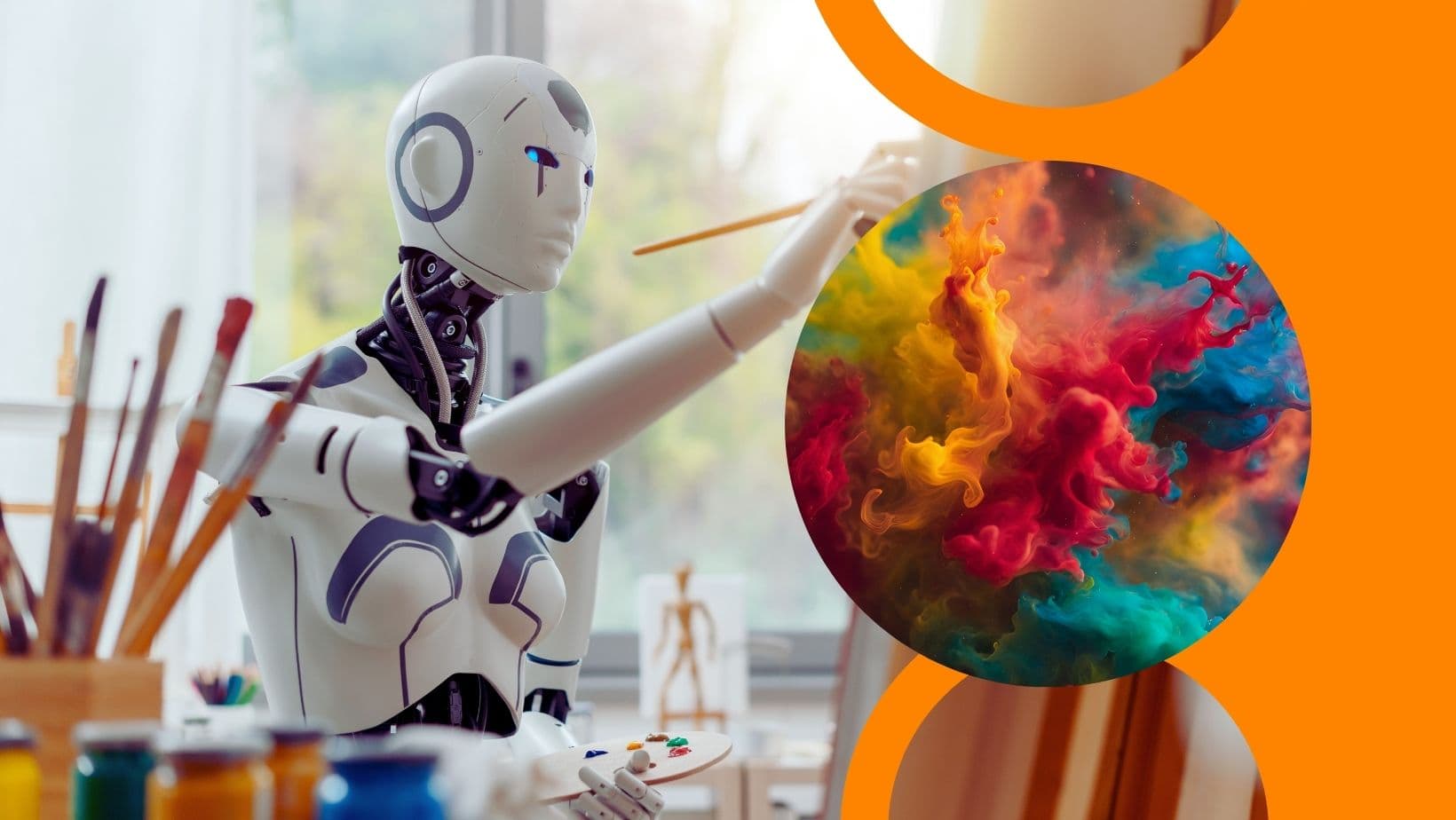
Art in the Digital Age: How NFT and VR Are Changing the Perception of Creativity
Over the past decades, technology has radically transformed nearly every sphere of our lives, and art is no exception. The emergence of digital tools, blockchain, and virtual reality has not only introduced technical novelties but has also marked a true turning point in how we perceive creativity. Artists, curators, and audiences now interact with art in formats that were unimaginable just a decade ago. Today, the boundaries between traditional and digital are blurring, paving the way for hybrid and interactive forms of artistic expression. This transformation is especially evident in the rise of NFTs and VR, which have become symbols of a new artistic era.
The Digital Shift in Art: From Canvas to Code
For centuries, art was inseparable from its physical form: canvas, marble, bronze, paper. However, the 21st century has introduced a new reality for artists and viewers alike, where creativity is increasingly born and exists in the digital realm. Contemporary artists use graphic tablets, generative algorithms, and blockchain to create works that are not only visual but interactive.
At the center of this shift are two major trends—NFTs and virtual reality. Their integration into art opens new ways to present works and changes our fundamental understanding of ownership and artistic experience.
NFTs: How Blockchain Gives Digital Art Uniqueness
NFTs (non-fungible tokens) have become a true revolution in digital art. This blockchain-based technology allows a digital object to be assigned uniqueness and ownership. For the first time in the history of digital creativity, it became possible to sell not just copies of images, but original, “signed” versions—with a transparent history of ownership and authorship.
Many artists, previously limited by the physical market or dependent on galleries, have gained access to a global audience. They can now showcase their works directly on platforms like OpenSea or Rarible, earning income without intermediaries. Moreover, smart contracts enable authors to automatically receive royalties from every subsequent resale of the artwork—something that was impossible in the traditional art market.
For viewers, NFTs have become a way to support their favorite artists, collect digital works, and participate in the creation of a new type of cultural value. For some, it’s also an investment: prices for individual NFTs can reach millions of dollars. But the value of such works is increasingly determined not only by market price but also by their aesthetic, concept, and role in digital culture.
Immersion in Art: Virtual Reality as a New Stage
If NFTs have transformed the concept of ownership and uniqueness in the digital world, virtual reality has changed the very way art is perceived. VR allows viewers not just to look at a painting but to literally step inside it—interact with objects, move through space, and experience the artwork as part of its narrative.
This approach has become especially relevant in times of global restrictions and remote access, when visiting museums or exhibitions became impossible for millions. Virtual galleries created in VR environments have replaced physical halls: users with VR headsets can stroll through digital exhibitions, interact with other viewers, and engage with art objects. This is no longer just a simulation of a museum, but a new form of curatorship and artistic experience.
The combination of VR and interactive technologies has also given rise to a new genre—immersive art. Projects like “Van Gogh World” or “Fractal Forest” are designed for full sensory immersion in a visual and auditory environment. In this format, the viewer is not just an observer but a participant, and sometimes even a co-creator of what’s happening.
A New Aesthetic and the Challenges of the Digital Age
The transition to digital formats has not come without controversy. Some critics view NFTs as a “bubble,” and digital art as less valuable due to its immateriality. Others fear market oversaturation and the devaluation of cultural significance in the pursuit of hype. In addition, blockchain raises environmental concerns due to the high energy consumption involved in mining and transactions.
Nevertheless, it’s impossible to deny that digital art is shaping its own aesthetic and philosophy. Artists explore the boundaries of code and color, create new forms of audience interaction, and address important themes of digital identity, privacy, virtuality, and materiality. This is not a replacement of classical art, but its evolution—a new chapter opened at the intersection of technology and human imagination.
The Future Is Already Here: What Lies Ahead for Art
NFTs and VR are just the beginning. Experiments with artificial intelligence, augmented reality, holograms, and biotechnology in art are already underway. New generations of artists will be born into digital environments, perceiving them not as tools but as natural forms of expression. This lays the foundation for the next stage in the history of art, where the boundaries between author, viewer, and object become even more blurred.
Art in the digital age is not just a technological transformation but a cultural shift that invites us to rethink what “art” means, how to experience it, and why we need it. And in this new reality, Hungary—with its rich artistic traditions and growing interest in digital innovation—has every chance to become a key point on the global map of digital art.
